
World of Tanks FCM 36 Pak 40
For those unfamiliar with this massive firearm, the PAK 40 was an anti-tank artillery piece created by Germany to upgrade their anti-tank arsenal in the face of ever-increasing levels of proficiency in Soviet armor.
A Pak 40 in Italy, 1943 r/wwiipics
The new tooled German 7.5cm Anti-tank Gun PaK 40. Early Production from MiniArt. This gun must have been in MiniArt's plans for a while now. They already have all the ammunition for the kit in 35th scale already. A simple choice really, a popular choice with modellers of a much-used gun throughout the Second world War. It is a good choice.
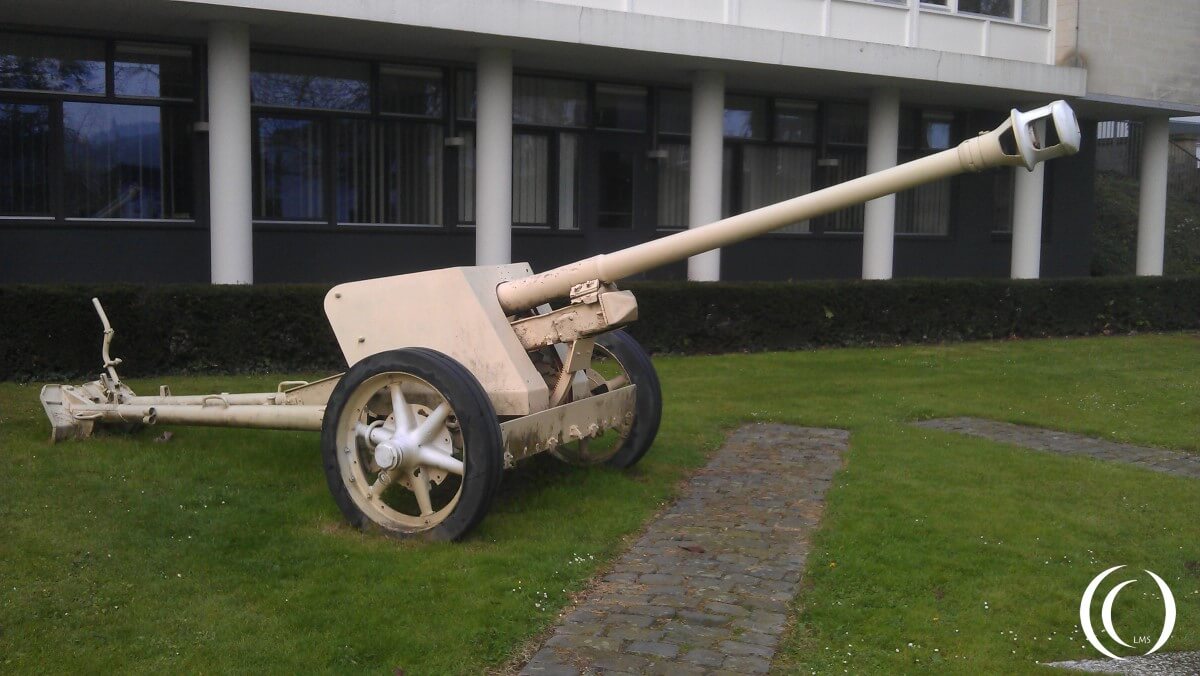
German Anti Tank Gun PaK 40 Municipal Hall Garden Valkenburg, The Netherlands LandmarkScout
A version made with a low silhouette cab (with only lower body protection for the driver and co-driver), along with collapsible sides on the cargo deck, was designed to carry a 75 mm (2.95 in) Pak 40/4 gun that could traverse 360⁰.
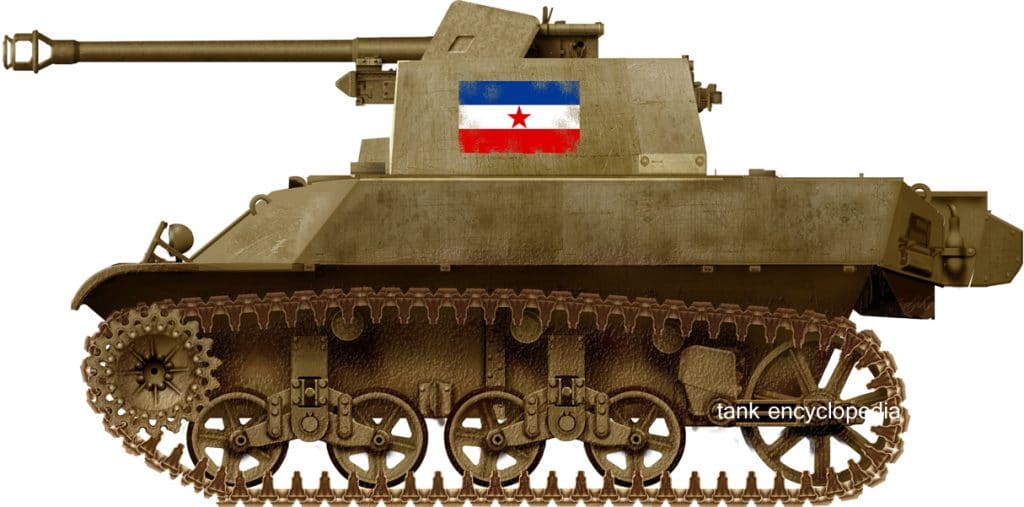
Light Tank M3A3 with 7.5 cm PaK 40 Tank Encyclopedia
FCM 36 Pak 40 France | TD | Tier III Battle Tier 1 2 3 4 5 6 7 8 9 10 11 Overview Mouse over " Well, the ones further down, of course. " for more information [Client Values; Actual values in Specifically, the mismatch in crew values caused by commander's 10% crew skill bonus. Outside of a crew of 1 commander only, 100% crew is a fiction.

A camouflaged 7.5 cm PaK 40 German army, Wwii, German tanks
The PaK 40 auf RSO is one of the most extreme examples of this, with the powerful 7.5 cm PaK 40 anti-tank gun mounted on a very small tracked chassis originally designed to haul cargo. The vehicle was based on the Raupenschlepper Ost chassis, a cargo vehicle better known as the RSO.

Pin on Sonderfahrzeuge der Wehrmacht
The 7.5-cm Pak 40 was the most important German anti-tank gun in the Second World War. In this video we will take a closer look at the gun itself, some princ.

7.5 cm PaK 40 AntiTank Gun, one the best of WW2
Not available, as total was grouped with that of self-propelled anti-tank guns mounting the 7,5 cm Pak 40 from August 1942 to February 1943. To Luftwaffe. Inventory verified on this date. 67 to Luftwaffe, 15 to Kriegsmarine. 44 to Luftwaffe, 15 to Kriegsmarine. Ten to Luftwaffe, six to Kriegsmarine. Depending on powder type.
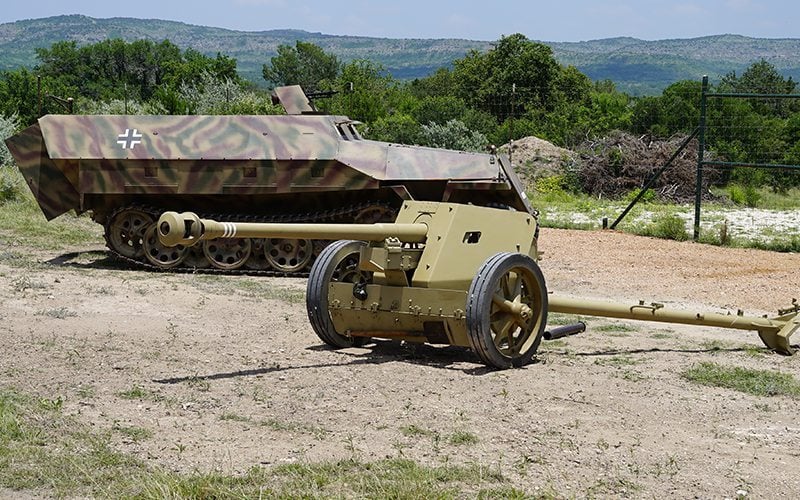
German PAK Attack Package
The Marder I "Marten" ( Sd.Kfz. 135) was a German World War II tank destroyer, armed with a 75 mm Pak-40 anti-tank gun. Most Marder Is were built on the base of the Tracteur Blindé 37L (Lorraine), a French artillery tractor/ armoured personnel carrier of which the Germans had acquired more than three hundred after the Fall of France in 1940.

Batalhão de guerra Canhão alemão Pak 40
The 75 millimeter Pak 40 anti-tank gun was a German anti-tank gun developed during WWII from 1939-1941. PAK is the abbreviation for "Panzerabwehrkanone.". Initially, the development of the PAK-40 was assigned low priority, but in 1941, the priority was greatly amplified following the German invasion of the USSR and the appearance of the.

Pin on Pak 40
The PaK 40 was formally adopted into German Army service in 1940 though production deliveries were slow to develop - examples appearing out of factories only late that year (in November) and at a rate of just 15 units per month.
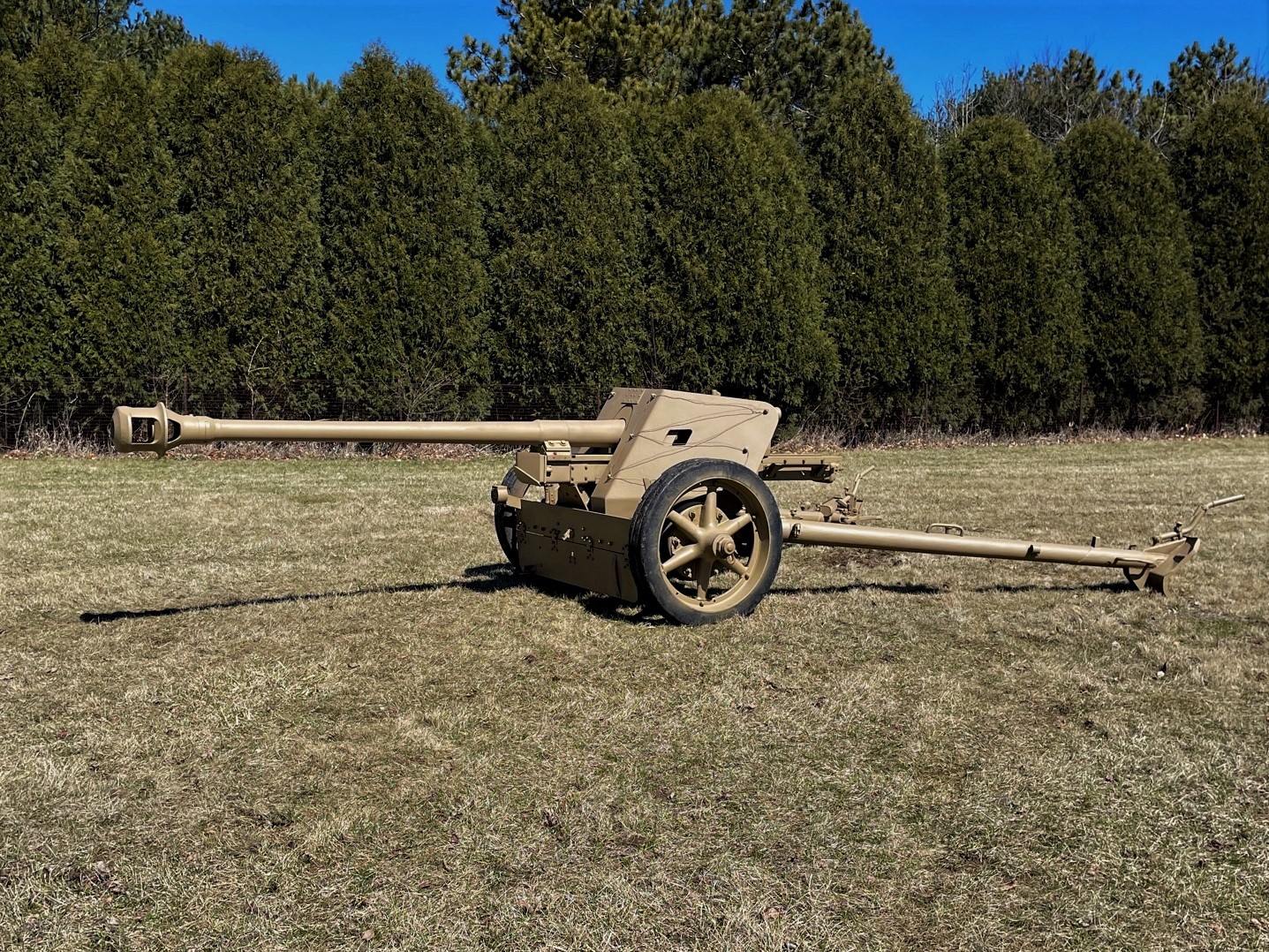
Pak 40 75mm WW2 Vehicle Rentals
The 7.5 cm Pak 40 ( 7,5 cm Panzerabwehrkanone 40) was a German 75 millimetre anti-tank gun of the Second World War . The gun was developed in 1939-1941 and entered service in 1942.

1944 PAK 40 y Ostschlepper Caen Normandía Enzo Maio Wwii vehicles, Military artwork
The 7.5 cm Pak 40 (7.5 cm Panzerabwehrkanone 40) was a German 7.5 centimetre anti-tank gun developed in 1939-1941 by Rheinmetall and used during the Second World War. Pak 40 formed the backbone of German anti-tank guns for the latter part of World War II. Development of the Pak 40 began in 1939 with contracts being placed with Krupp and Rheinmetall to develop a 7.5 cm anti-tank gun. Priority.

German Pak 40 AntiTank Gun Crew DAK RC Tanks
They mounted either the modified ex-Soviet 76.2 mm F-22 Model 1936 divisional field gun, or the German 7.5 cm PaK 40, in an open-topped fighting compartment on top of the chassis of the Czechoslovakian Panzer 38 (t). They offered little protection to the crew, but added significant firepower compared to contemporary German tanks.
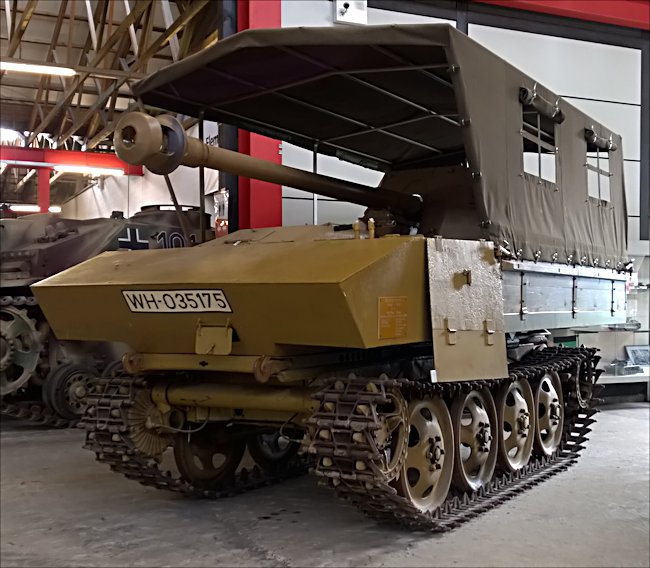
7.5 cm PaK 40 auf Raupenschlepper Ost (RSO) Tank Encyclopedia
RSO/Pak40 - Production and service Operation Barbarossa was a difficult test for the Wehrmacht, which faced unpleasant surprises on the Eastern Front. One of them was a significant number of Soviet tanks with anti-cannon armor ( T-34 Tank and KV Tank ), against which the standard 37-mm anti-tank guns were ineffective.
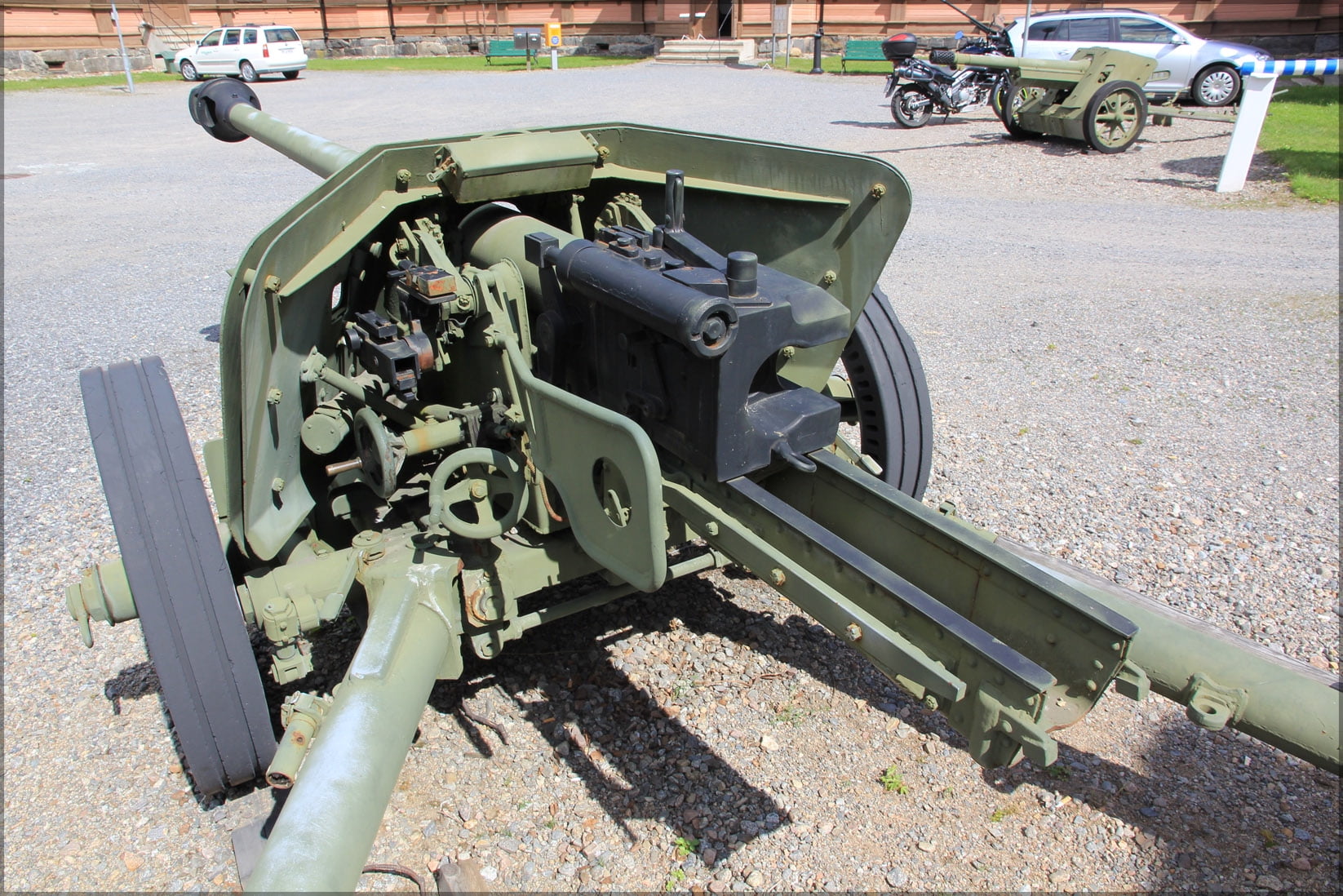
24"x36" Gallery Poster, 75 mm PaK 40 antitank gun at the yard of Mikkeli Infantry museum
It became the standard German anti-tank gun used until the end of the war, with some 20,000 guns being built. It was an excellent anti-tank gun, but the main problem with it was its heavyweight, making it somewhat difficult to deploy and hard to manhandle. The solution to this problem was to mount the PaK 40 on available tank chassis.

FileGerman PaK 40 75mm antitank gun in Burdinne.jpg
After some improvised use by units in May and June 1940, they were not as such employed by them. In 1943 ten were rebuilt as Marder I tank destroyers, with the 75mm PaK 40 anti-tank gun and officially called 7.5cm PaK40(Sf) auf Geschützwagen FCM(f). These were employed by 21 Panzerdivision in the Battle of Normandy in 1944.